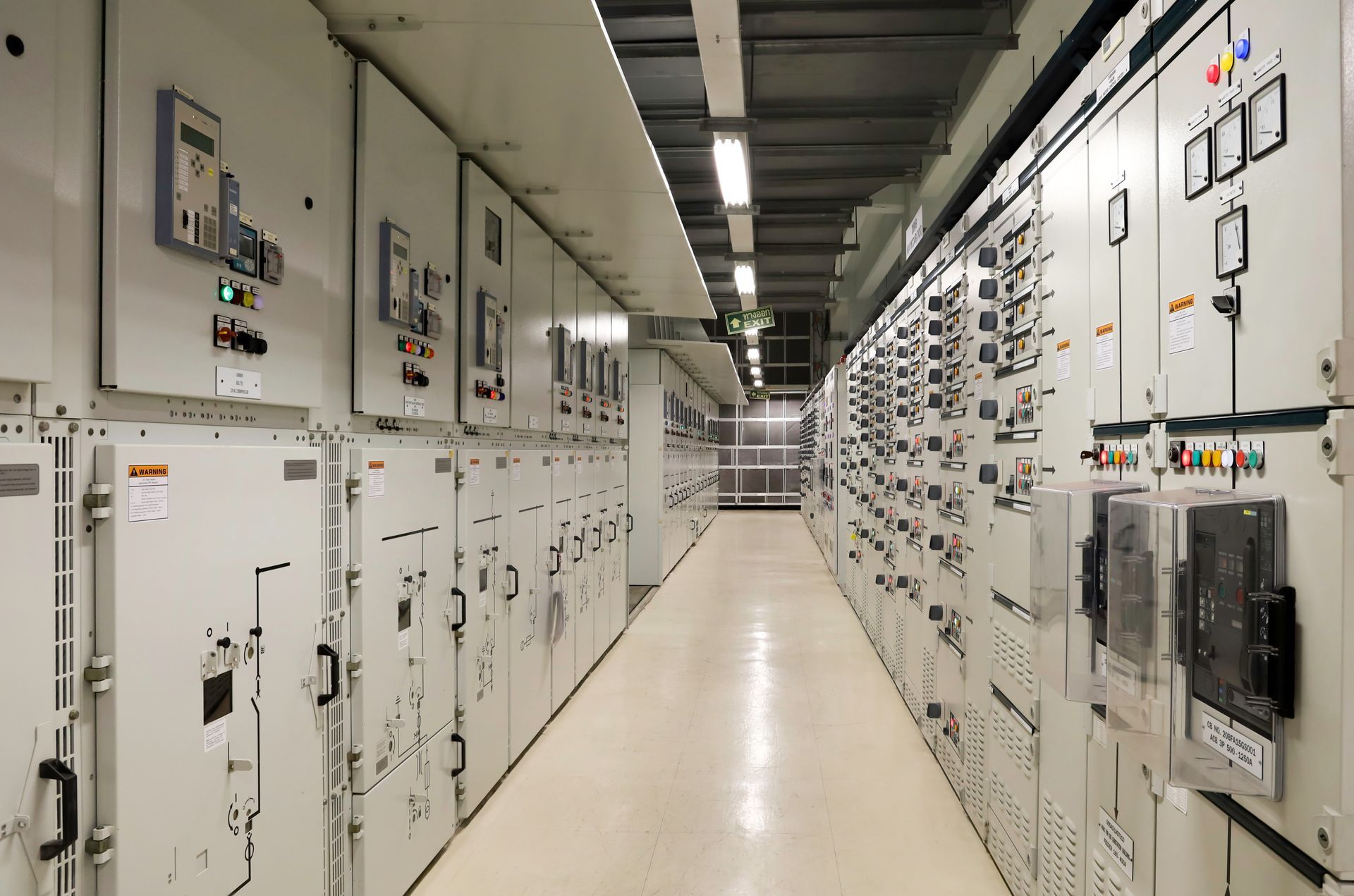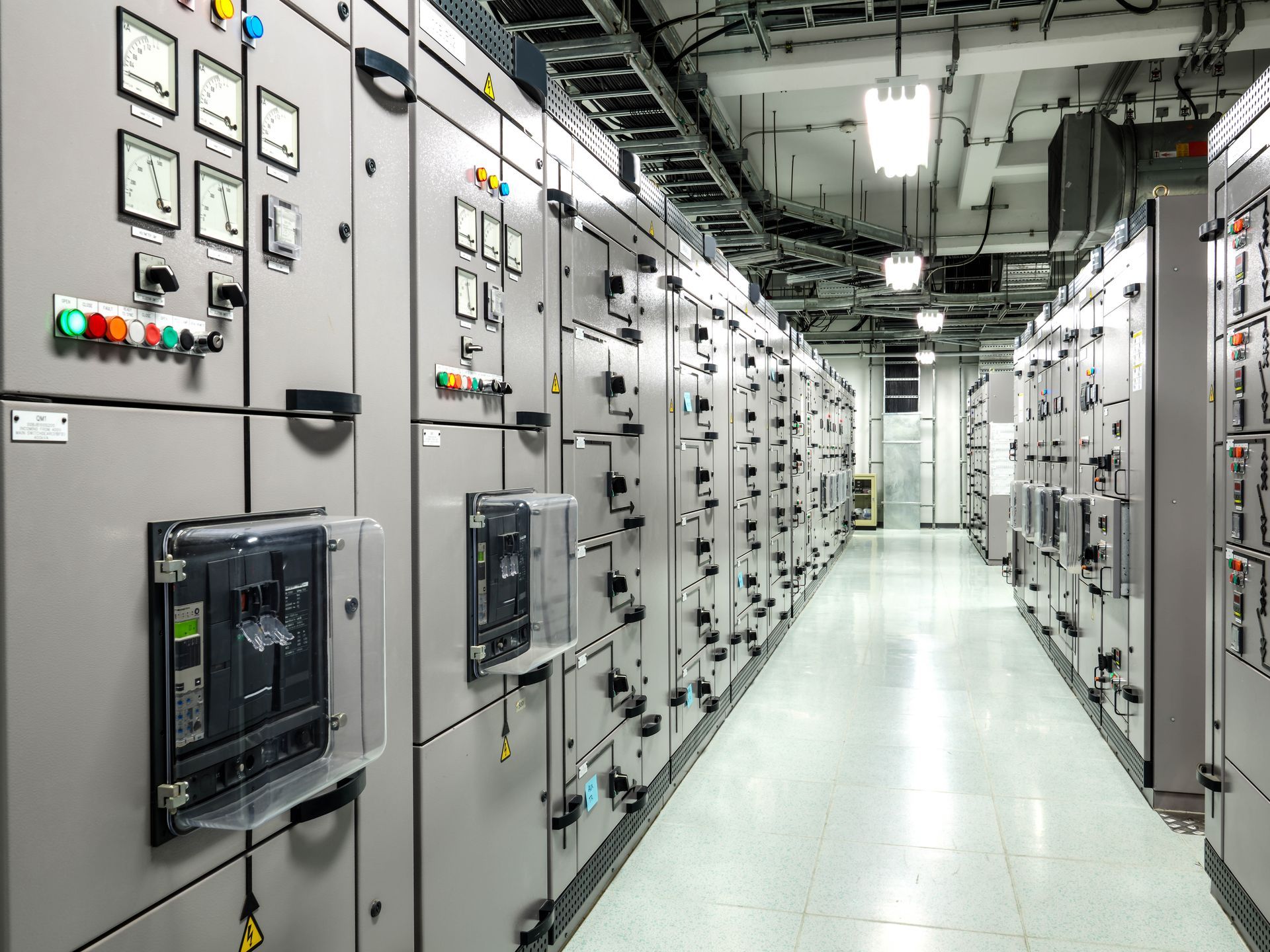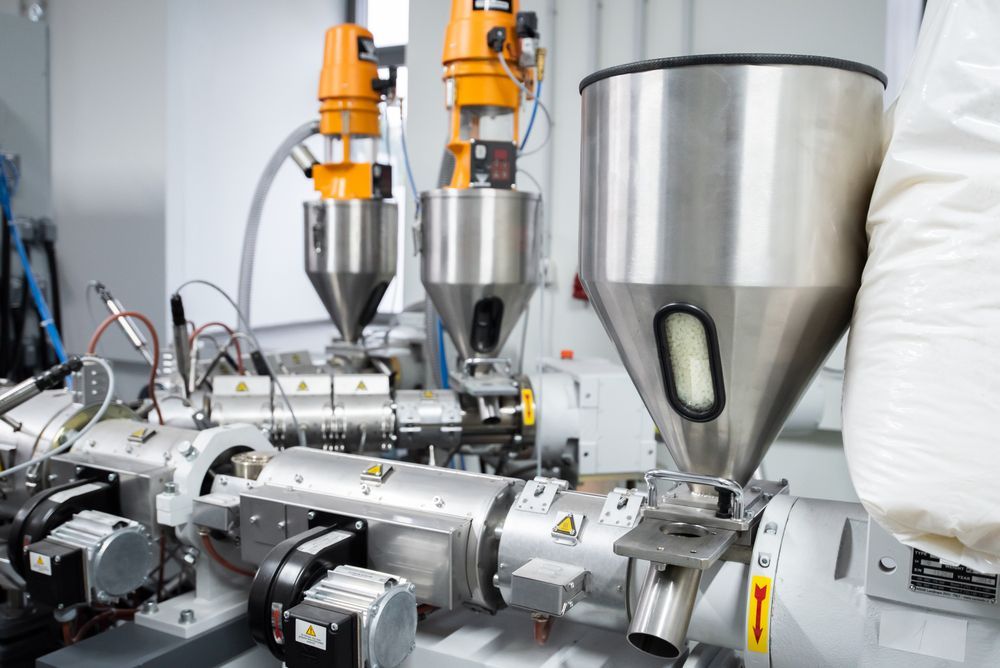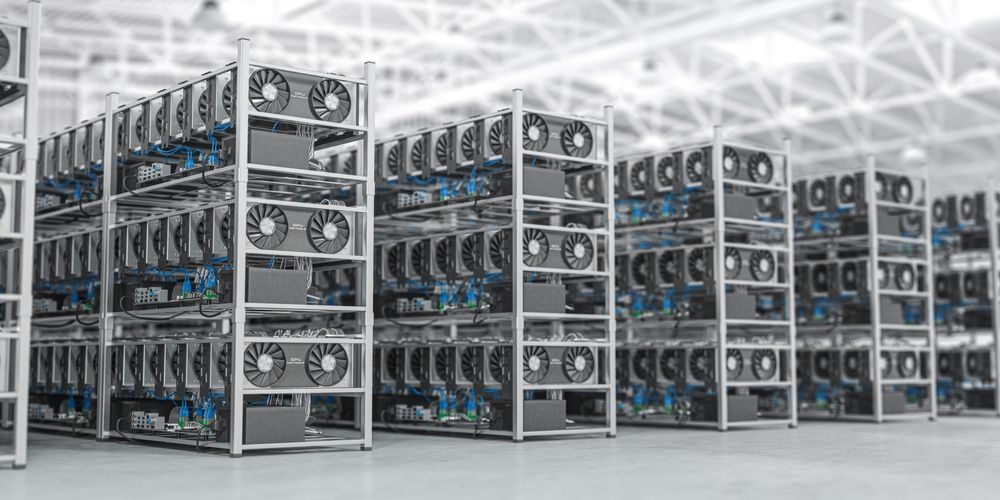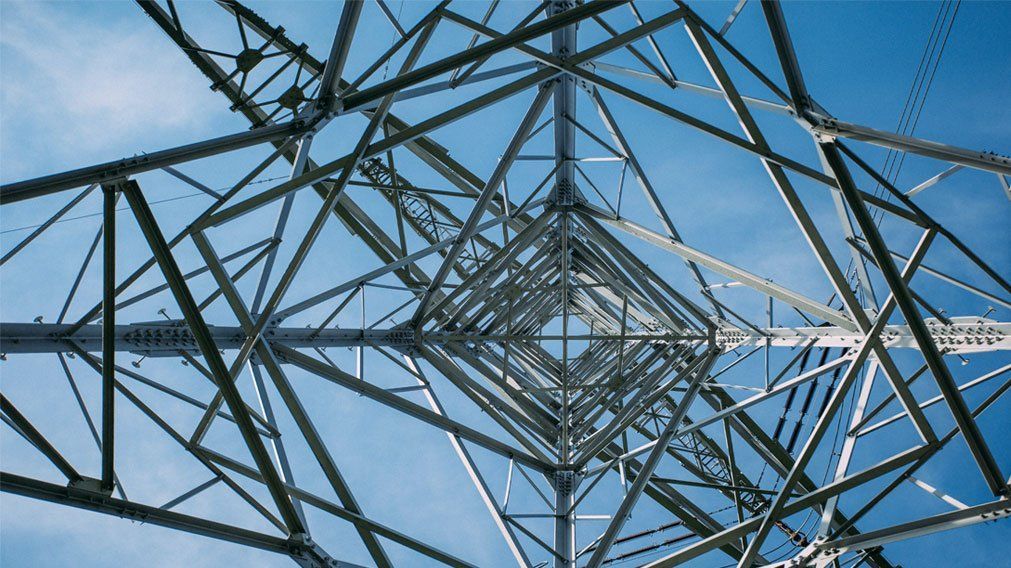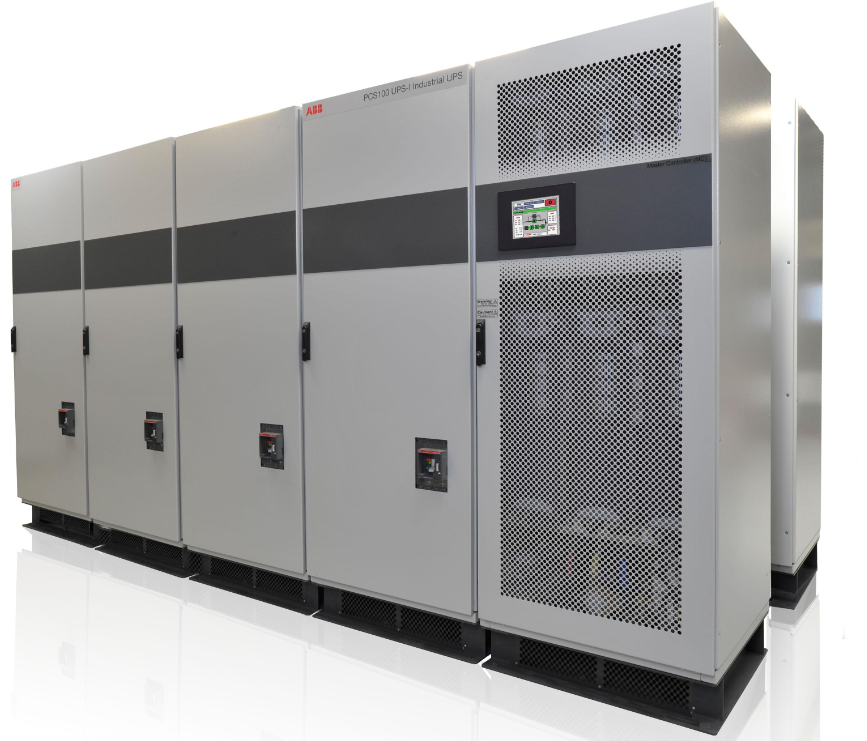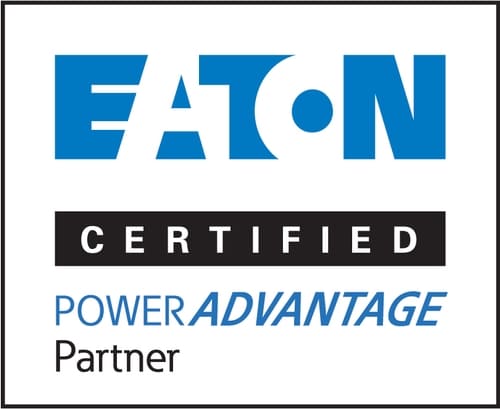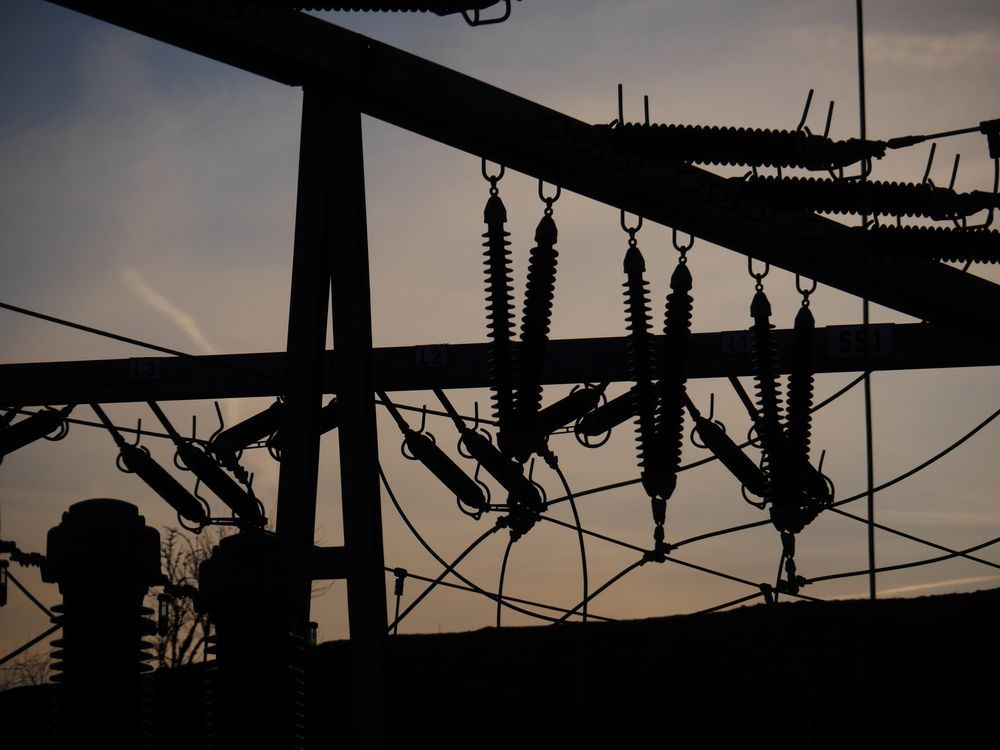
What is a Brownout?
A "brownout" involves a partial loss of power coming from a utility company. Electricity is still flowing from a provider, through the grid, and to end users like homes or businesses. It's just that the voltage being supplied is reduced anywhere from 10% to 25% in many situations.
What is a Blackout?
"Blackout" is simply the term used to describe any power outage, whether it is planned or unplanned, that results in a total loss of electricity via the utility grid. These outages are temporary, but absolutely no electricity is being transmitted through the grid to the end user.
A blackout could happen for a wide range of different reasons. Planned ones, which are also sometimes called "rolling outages," happen when the utility company is shutting off power to specific areas in an attempt to protect the integrity of the grid. Usually, customers get warned in advance. Unplanned blackouts can happen due to situations like extreme heat or even a sudden storm that rolls through an area at the worst possible moment.
Blackout vs Brownout
The major difference between the two terms is that a blackout refers to a total loss of power, while a brownout is talking specifically about a partial loss of power.
Again, brownouts tend to be both temporary and planned in advance by a utility provider. During this period, electricity is still reaching a home or business, but voltage levels have been reduced. This can still cause issues with very sensitive electronics, but most people likely won't realize something is happening at all. The vast majority of brownouts last for a precise period of time that is known in advance.
Blackouts are unplanned in more ways than one. Not only are you unexpectedly losing total power for whatever reason, but they can also last anywhere from minutes to days or more. Even in the event of a "planned" blackout, the situation is still likely happening for reasons beyond anyone's control. Utility officials may be taking the power offline in a specific attempt to protect the integrity of the grid, but exactly how long that will be required quickly becomes anyone's guess.
What Can Happen If a Business Has a Brownout?
As stated, there is a chance that your business could experience a brownout, and you might not realize that it's even happening at all. You may see the lights dim periodically, but if it happens on a day when you're busy enough, you probably won't give it too much attention.
Unfortunately, there will be situations where even a brownout can cause a major disruption to your organization. Just a few of the potential effects include but are not limited to ones like the following.
- Equipment Damage. Because voltage suddenly fluctuates during a brownout, certain types of equipment - notably appliances - won't just stop working. They could be permanently damaged.
- Data Loss. A power interruption that you weren't planning for likely means that your computers and workstations will turn off - resulting in the immediate loss of any data that hadn't been previously saved.
- Productivity Loss. To put it simply, if your business relies on technology to function, it relies on electricity. Every minute that you don't have access to critical computers or machinery is a minute that you and your employees cannot be productive at all.
- Downtime. Every minute of downtime also has a very real dollar value attached to it. Not only do you immediately start to fall behind on work, but that could push up against deadlines or other deliverables for clients - thus causing potential damage to your reputation as well.
- Safety Risks. Especially if you're talking about a business environment like a warehouse or manufacturing space, suddenly losing electricity creates very real safety risks. People could get trapped in elevators, emergency lights could fail to come on, or someone could be in the middle of using a machine when they suddenly lose control over it.
- Supply Chain Disruptions. The events of the last few years have taught us just how connected every link in the supply chain truly is. A disruption for you or one of your partners instantly starts to create a ripple effect that begins to delay businesses that were in no way affected by the initial brownout.
What Machinery is Vulnerable to Power Fails?

Any piece of machinery that is vulnerable to voltage sags, surges, impulses, or failures is vulnerable to a brownout - which means the vast majority of the equipment your organization depends on daily. Examples include things like
- Computers.
- Computer equipment like printers or scanners.
- Industrial machinery.
- Manufacturing equipment.
How to Protect Equipment and Machinery From Brownouts?
One of the most important things you can do to protect your equipment and machinery from a brownout involves using a generator, if possible. Generators are a source of backup power that can allow you to continue to use certain assets even if the main power is unreliable or is disrupted altogether.
In the case of something like a computer, a generator can buy you precious minutes to become aware that there is a problem and take corrective action. You can properly save all work and shut down your machines to avoid long-term damage from power spikes, for example. You may still lose productivity due to an unplanned outage, but you won't have to worry about surges, and you certainly won't be dealing with anything like data loss.
Another step you'll want to take to protect your equipment and machinery from brownouts involves unplugging everything until the situation is stable once again. This will help you avoid power over consumption, which is one of the major causes for brownouts to begin with. You should also sign up for alerts from your utility provider so that you know exactly when the situation is resolved.
Choose FGC as your UPS & Voltage Regulator Supplier
At FGC Equipment, we understand just how stressful brownouts and blackouts can be - which is why we want to make sure you have all the resources you need to mitigate risk from these situations as much as possible. We provide uninterruptible power supply (UPS) and voltage regulator solutions to clients in many industries, including but not limited to oil and gas, 3D printing facilities, industrial organizations, and more.
If nothing else, we want you to be able to rest easy knowing that even if the unexpected does happen, you're still covered in more ways than one.
If you'd like to find out more information about the major differences between brownouts and blackouts, or if you're looking for additional assistance about ways to prepare yourself for times when your electricity may be interrupted unexpectedly, please don't delay - contact the FGC team today.
